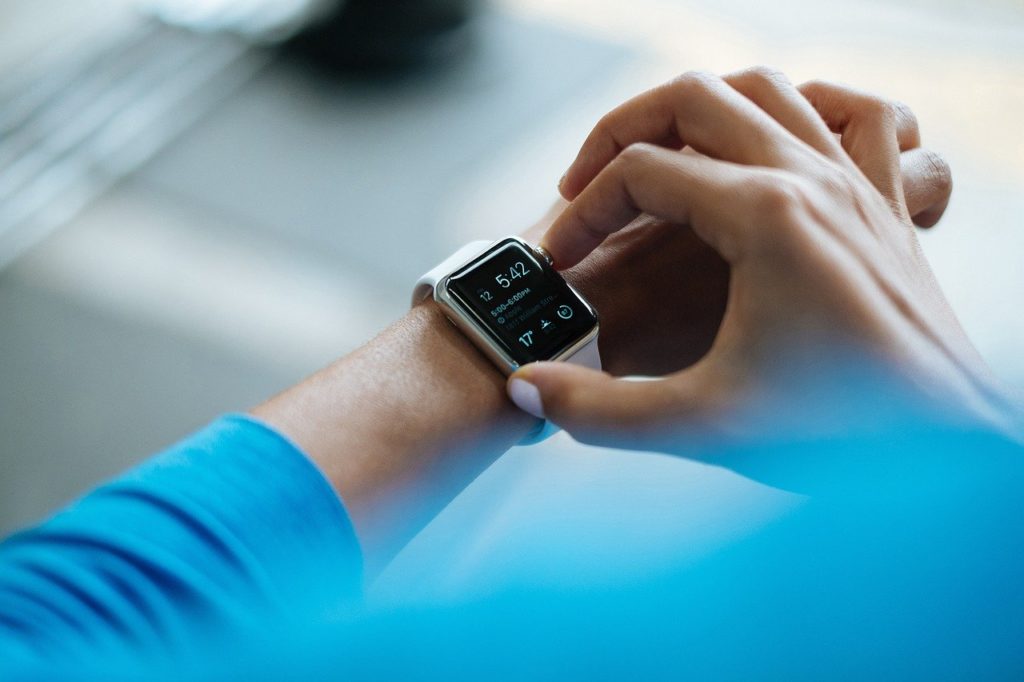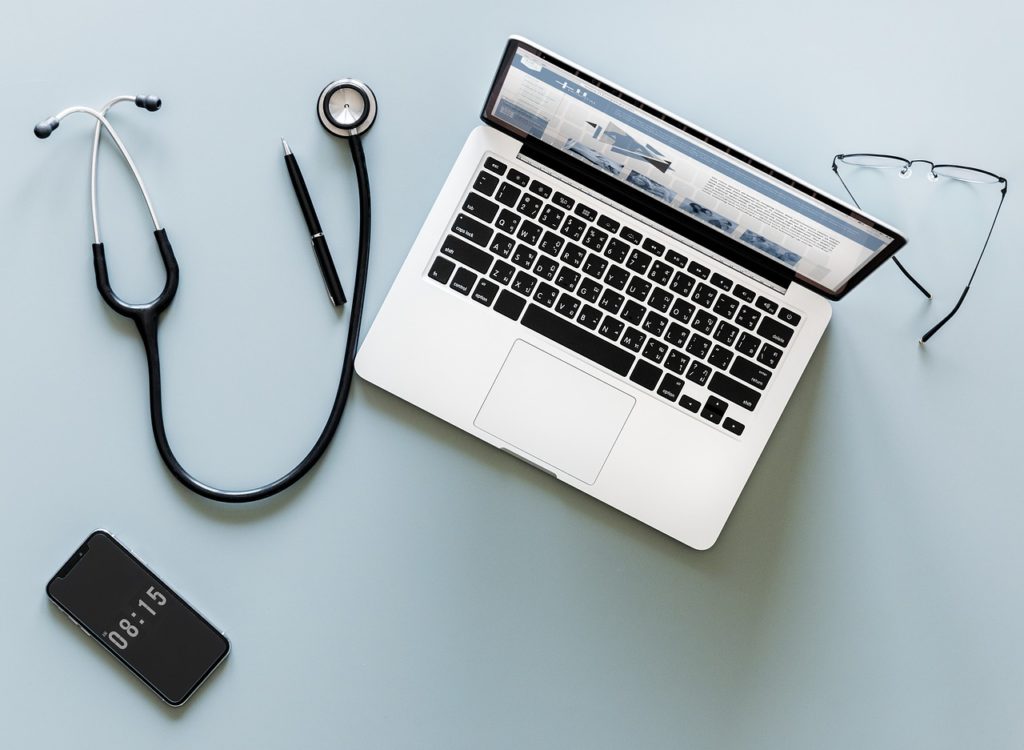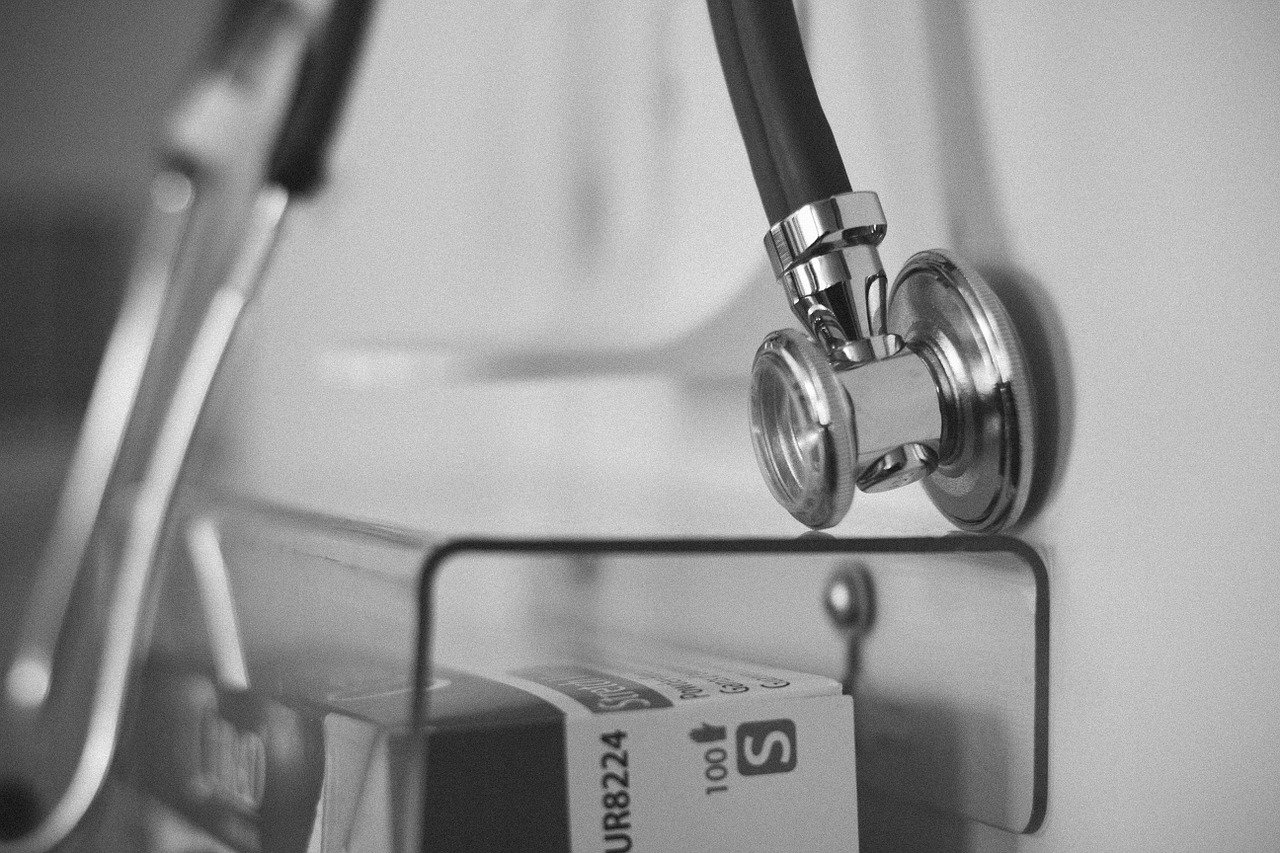Digital health is altering the healthcare industry as we know it. Patient data and personal information is increasingly stored in digital formats, patients can connect with physicians on smartphones, and even prescriptions are available through digital platforms. These innovations are also affecting policymakers and regulators. They are contending with new ethical challenges, legal issues, skills gaps in the healthcare workforce, and safety and patient privacy concerns. There’s also the more essential question of how healthcare systems can best leverage digital health technologies to their full advantage, to benefit the most people.
With these concerns in mind, in April the World Health Organization (WHO) released its Recommendations for Digital Health Interventions for Health System Strengthening, targeting government agencies and public health systems. This was the international organization’s first-ever set of guidelines on digital health interventions.
Here, we will look at a few of the recommendations and how they might be implemented to improve digital health interventions for everyone.
What Are Digital Health Interventions?
In essence, a digital health intervention is simply a digital technology used to provide or improve health care. Broad categories within digital health include mobile health, health IT, wearable devices, personalized medicine, and telehealth and telemedicine. Specific examples include tech like mobile medical apps, clinical decision support software, wearable ECG monitors, and so on.
The WHO recommendations focused on digital health interventions accessible via mobile devices.

1. Birth and Death Notifications via Mobile Devices
The first recommendation dealt with the use of mobile devices to send birth and death notifications. This is part of a larger goal to strengthen civil registration and vital statistics systems (CRVS) and to expand those registration services to underserved populations, like people living in rural areas. The recommendation is that birth and death notifications be used only when the notifications provide individual-level data to the health system/CRVS system, and when the system has the ability to respond—for example, by sending information on relevant health and social services.
2. Stock Notification and Commodity Management on Mobile Devices
Health commodities include medicines and health products that are necessary for care, like vaccines, needles, syringes, and other supplies. Digital management of these resources helps medical system managers better anticipate stock/inventory shortages and to keep health commodities available. WHO recommends that mobile stock notifications and commodity management applications be used only when the health supply chain management system can respond to shortages in a timely manner.
3. Client-to-Provider Telemedicine
Both health workers and clients report enjoying the option to access care or connect with a healthcare professional via mobile device, rather than having to physically travel to a healthcare facility. Telemedicine can also improve follow-up and consistency of care as well. WHO recommends the use of telemedicine as a complement to in-person care, not as a replacement, and only in settings where patient safety, privacy, traceability, accountability, and security can be monitored.

4. Provider-to-Provider Telemedicine
Provider-to-provider telemedicine allows providers to seek advice or a second opinion from another provider—for example, a general practitioner seeking advice from a specialist. This type of telemedicine is recommended in the same setting described under the client-to-provider telemedicine recommendation. WHO emphasizes that providers need to establish protocols for ensuring patient consent and verifying provider licensure and credentials.
5. Targeted Client Communication for Certain Populations
Many patients report that they appreciate their health care provider sending targeted client communications (TCC) that are relevant to them. These communications include emails and texts sent to a specific segment of patients or people within a specific demographic group. WHO recommends the use of TCC related to sexual, reproductive, maternal, newborn, and child health, if concerns about sensitive data and patient privacy are addressed effectively.
6. Health Worker Decision Support
This type of decision support uses algorithms to guide healthcare providers through decision-making processes when providing care—for example, when diagnosing a patient with a particular condition. There are some concerns that this may result in providers overstepping their training, job role, or credentials, and posing a risk to patients. Because of this, WHO recommends that decision support tools only be used to assist the provider with tasks that fall within the scope of their position. This precaution can help healthcare systems avoid the risk of workers performing services for which they haven’t been properly trained.
7. Digital Tracking of Client’s Health Status and Services Combined with Decision Support
Most healthcare workers see a benefit in using digital systems for patient data, because they can reduce the time spent on redundant tasks like reporting, provide a more holistic view of the patient and their interactions with the healthcare system, and increase the responsiveness of healthcare workers by linking patient data to actions recommended by decision support tools. WHO recommends the use of digital tracking combined with decision support, but only in healthcare systems that are able to implement these technologies in an integrated manner. Additionally, patient data security concerns must be properly addressed.
8. Digital Provision of Training and Educational Content to Workers
Medical and nursing students generally see the use of digital educational and training options as a great benefit for their ease of access and personalization options. However, WHO recommends using these only as a complement to other resources, such as in-service training and other traditional educational methods, not as a replacement for them.

